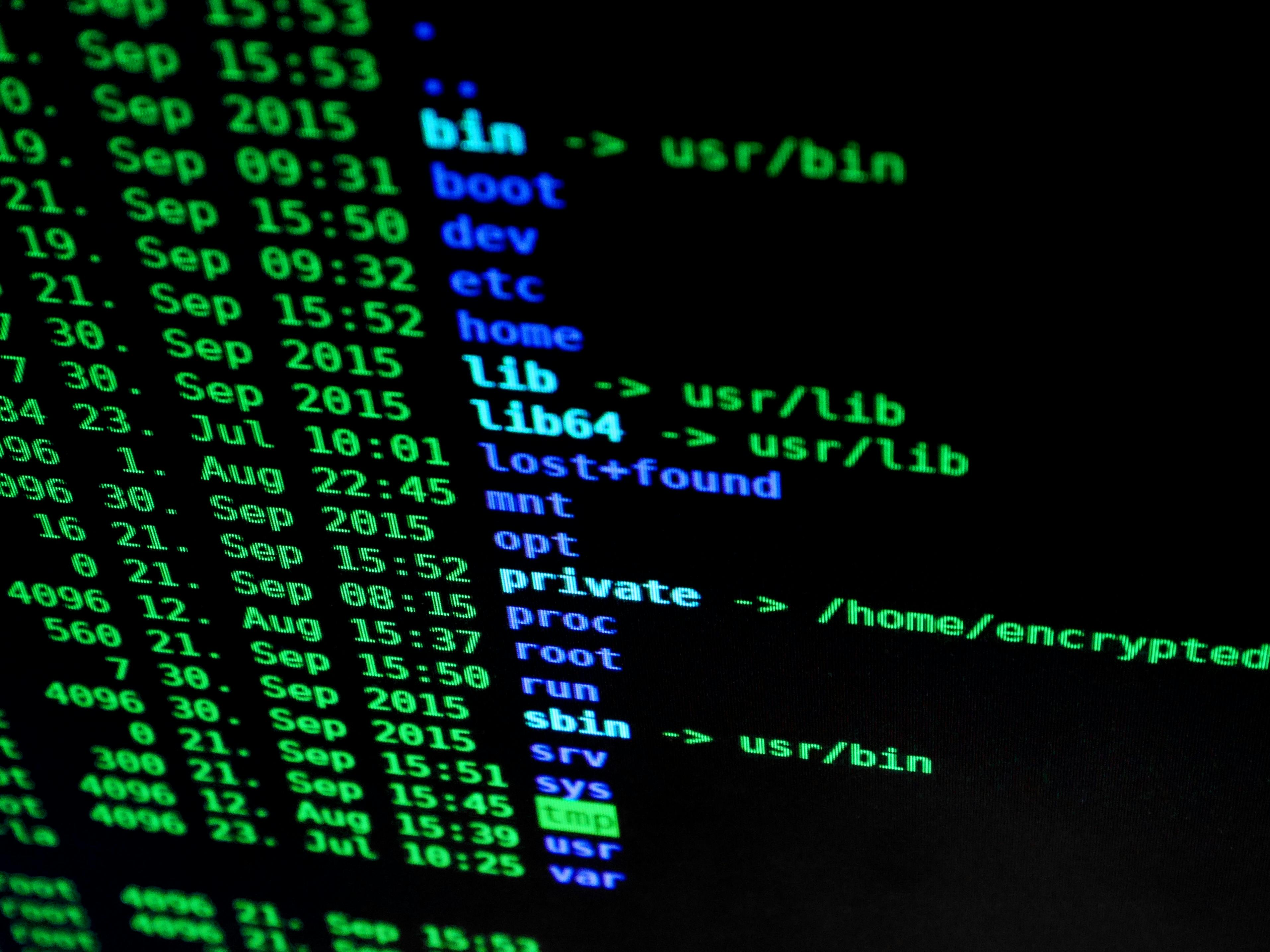Most of the aspects of cybersecurity and blockchain go hand in hand because per se, blockchain technology is oriented to security by its decentralized and immutable structure. Blockchains are designed to be tamperproof and record each and every transaction in a distributed ledger that gets verified by a set of participants in the network. This reduces the chances of attacks on central storage or data breaches.
Therefore, some interesting features that make up cybersecurity for blockchain include cryptography. There are public-private keys used in locking the transactions in such a manner that only the parties that are involved have access means to information or data contained within them. In addition, data integrity is achieved through hashing algorithms, which create a fingerprint for each transaction in a type of blockchain. In that way, even small changes to a record are revealed.
However, blockchain itself is not resistant to cybersecurity threats. Smart contract vulnerabilities, 51% attacks, and phishing scams can still find weak points in decentralized networks. The so-called 51% attack attacker controls the majority of a network's computational power and thus can change transaction histories or double-spend tokens. Even smart contracts-running agreements on their own can be exposed if audited poorly.
These are risks, therefore, that are reduced by having regular audits, higher levels of encryption, and community vigilance. Since blockchain per se is secure due to cybersecurity best practices, this would make it an exceptional enabler of secured digital transactions and data, instilling faith in decentralized systems.
Thanks

~ Nesaty